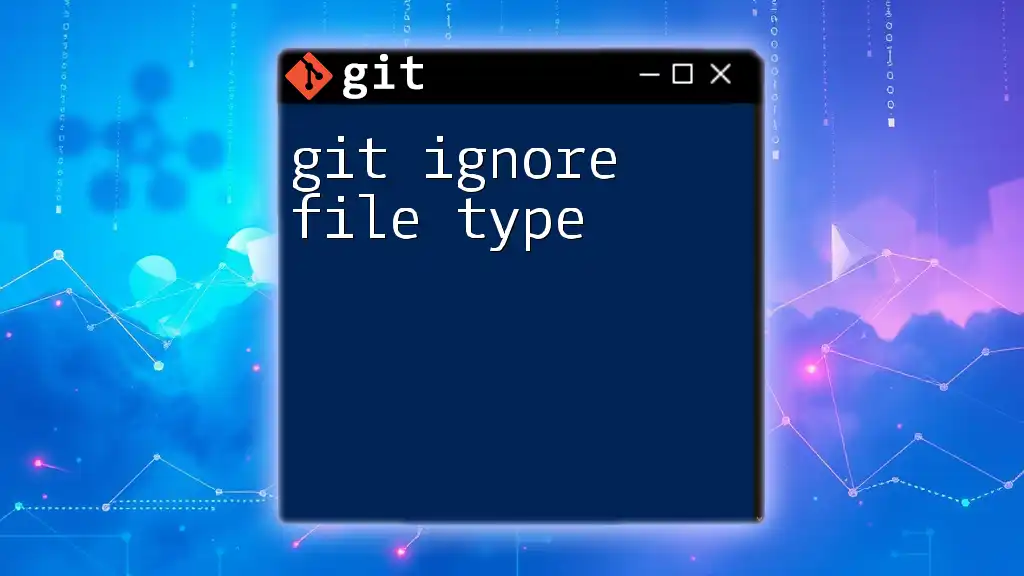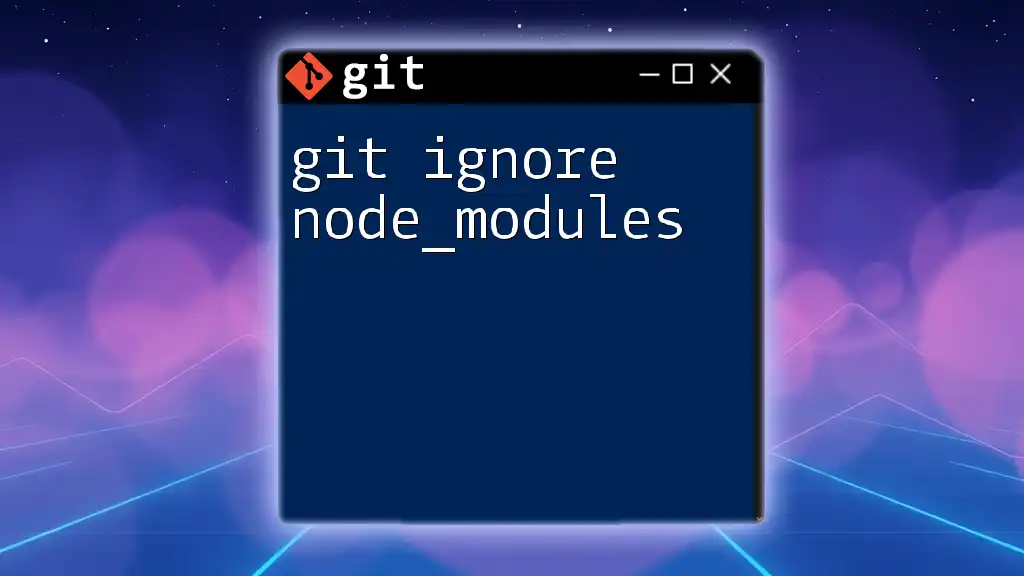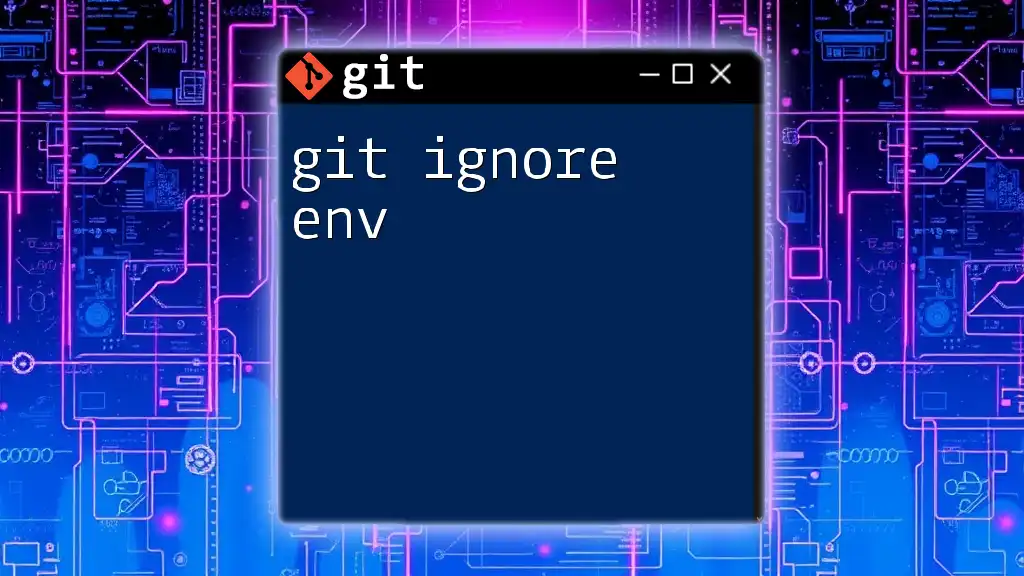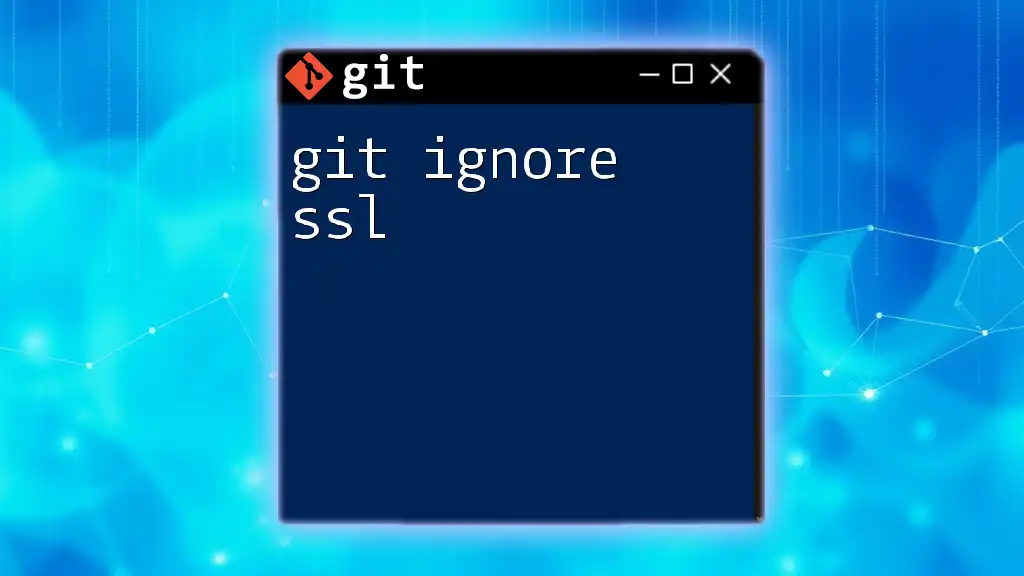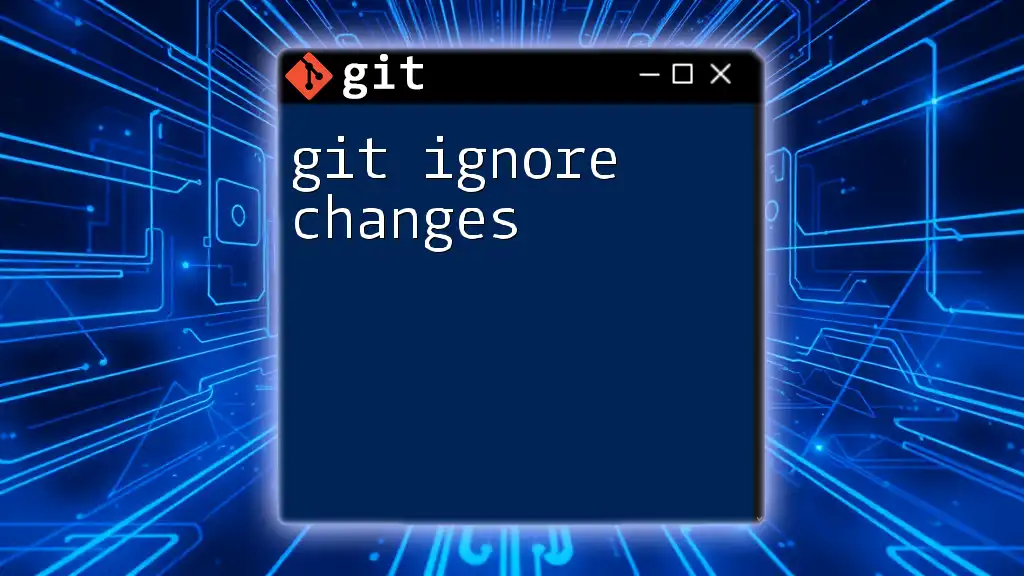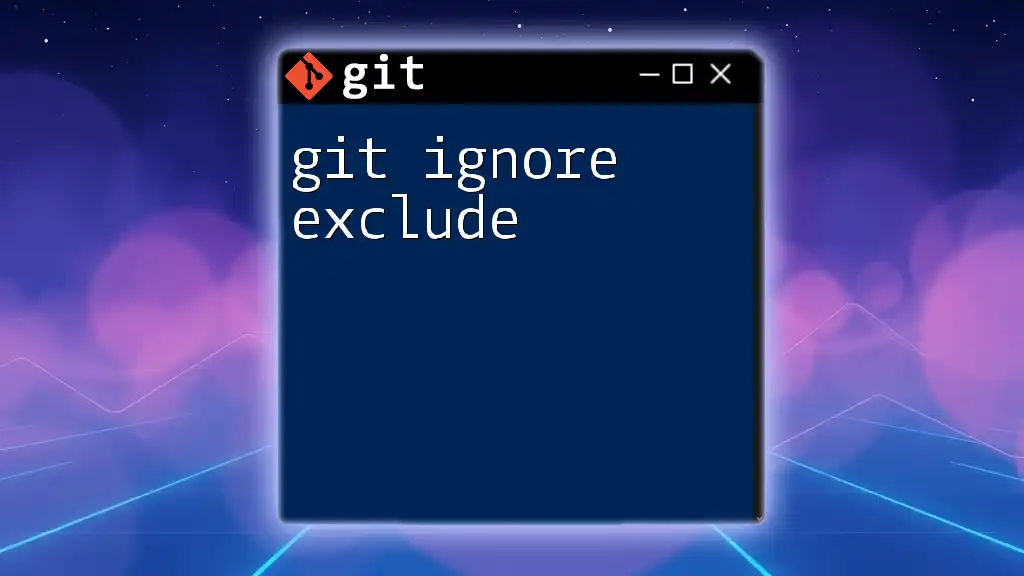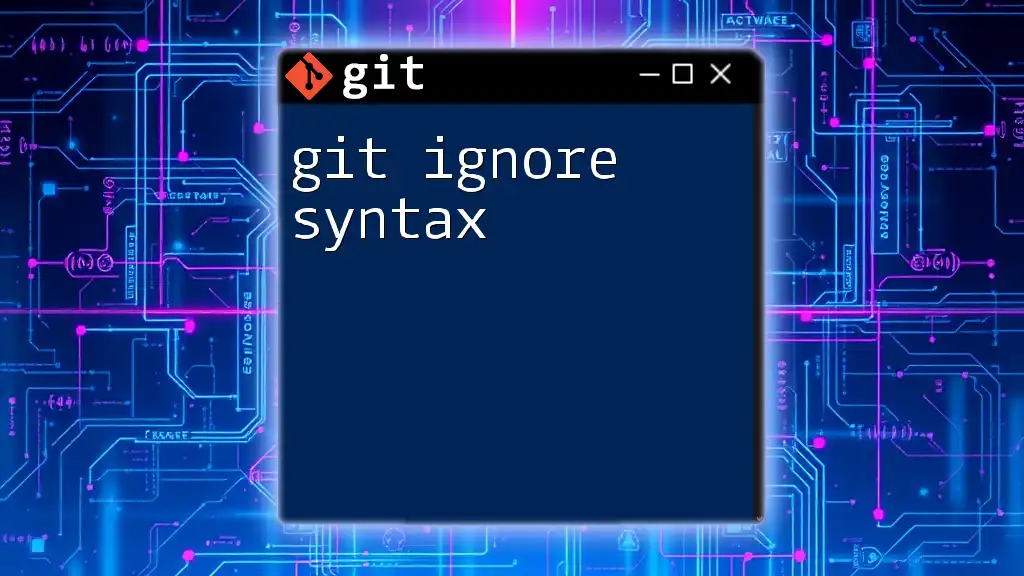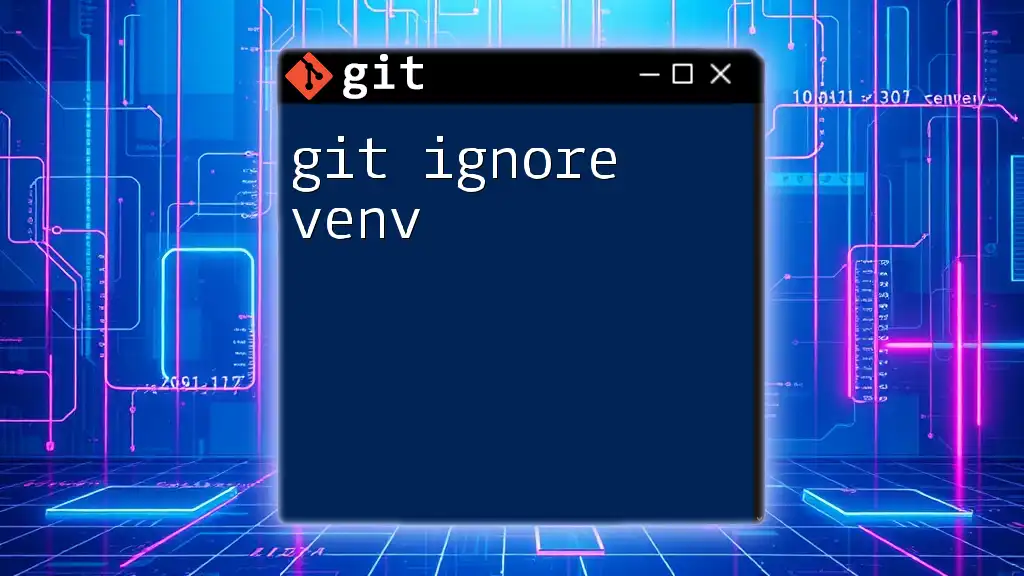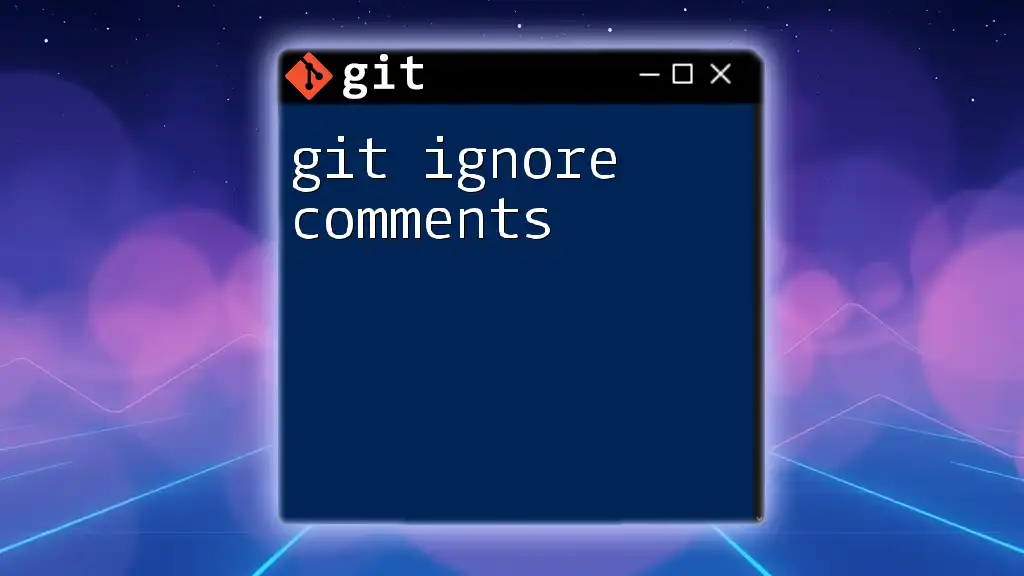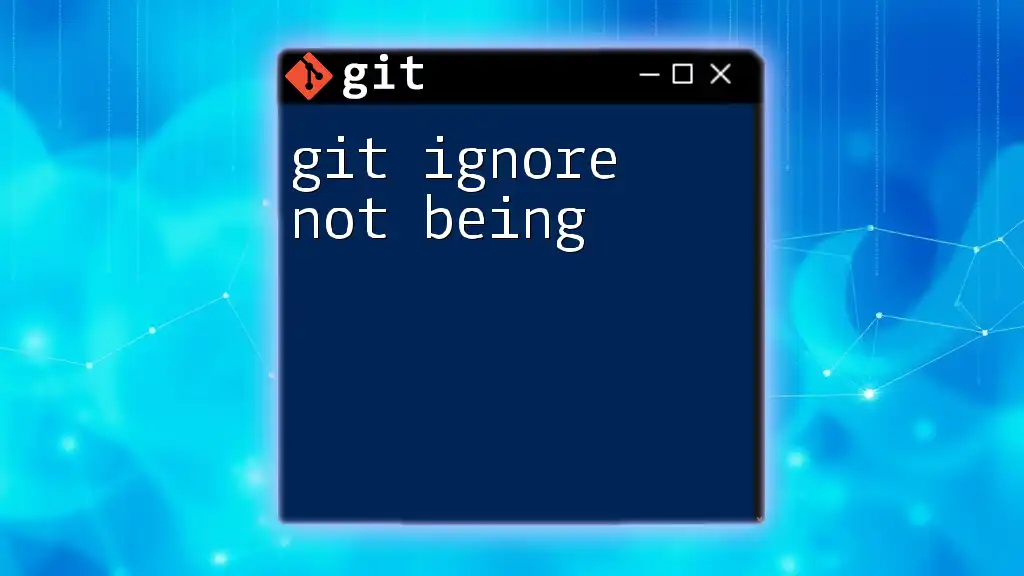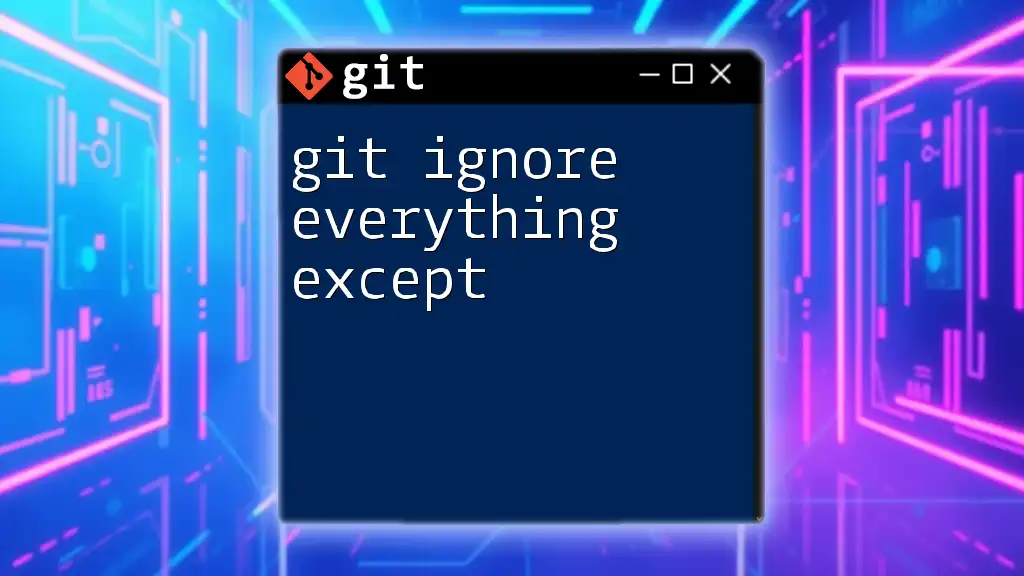A `.gitignore` file specifies files and directories that Git should ignore in a project, helping to exclude unnecessary files from version control.
# Example .gitignore file
*.log # Ignore all log files
node_modules/ # Ignore the node_modules directory
*.tmp # Ignore all temporary files
What is a `.gitignore` File?
A `.gitignore` file is a simple yet powerful tool that informs Git which files or directories to disregard in a project. Its primary role is to prevent unnecessary files from cluttering the version control system, ensuring that only relevant files are tracked.
Common Use Cases
Understanding when to use a `.gitignore` file can significantly enhance your workflow:
- Excluding Build Files: In many projects, compiled files or build artifacts do not need to be tracked. For instance, files generated in a build process like binaries or object files are typically excluded.
- Ignoring Personal Configuration Files: Files unique to an individual developer's setup or configuration can often be ignored to avoid conflicts and clutter in the repository.
- Preventing Sensitive Information from Being Uploaded: It's crucial to exclude files that may contain sensitive data like API keys or database credentials.
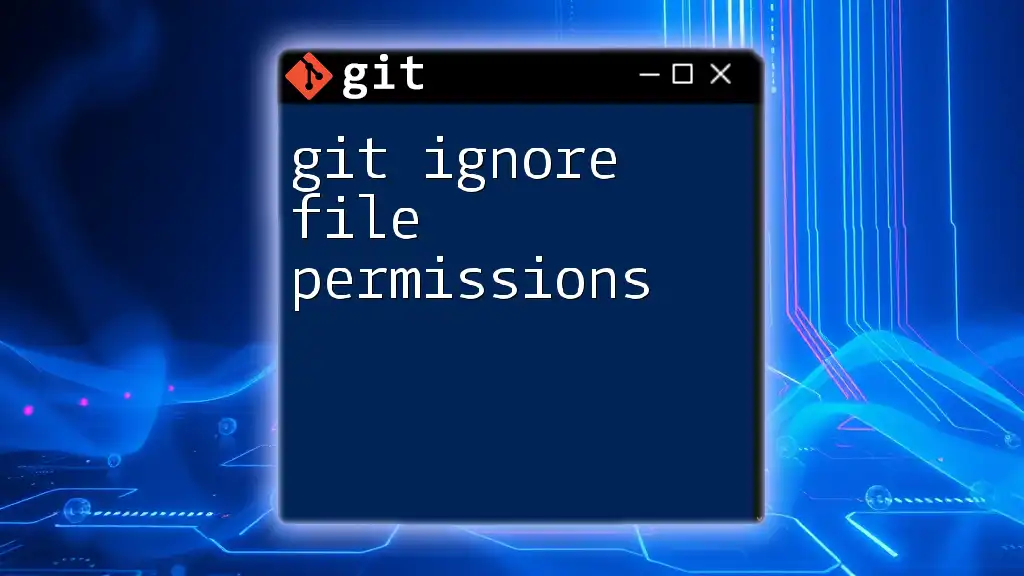
Understanding File Types in Git
Importance of File Types
Different file types can interact with Git in various ways, affecting the quality of your project's repository. Some files may not be suitable for tracking due to their volatility or redundancy. It is essential to intelligently filter out these irrelevant file types, leading to cleaner and more manageable repositories.
Common File Types that May be Ignored
Certain file types are commonly ignored in a Git project:
- Text Files: Files such as `.log`, `.tmp`, and `.csv` tend to accumulate and may not contribute meaningfully to version tracking.
- Compilable Files: Files such as `.class` or `.o`, which are generated during compilation, often do not require tracking as they can be recreated from source files.
- Dependency Files: Folders like `node_modules/`, which contain third-party library installations, are often sizeable and can be re-instantiated through package managers, making them candidates for exclusion.
- Environment Files: Files such as `.env` or `.local`, which often contain sensitive configuration details, should be adequately ignored to maintain security.
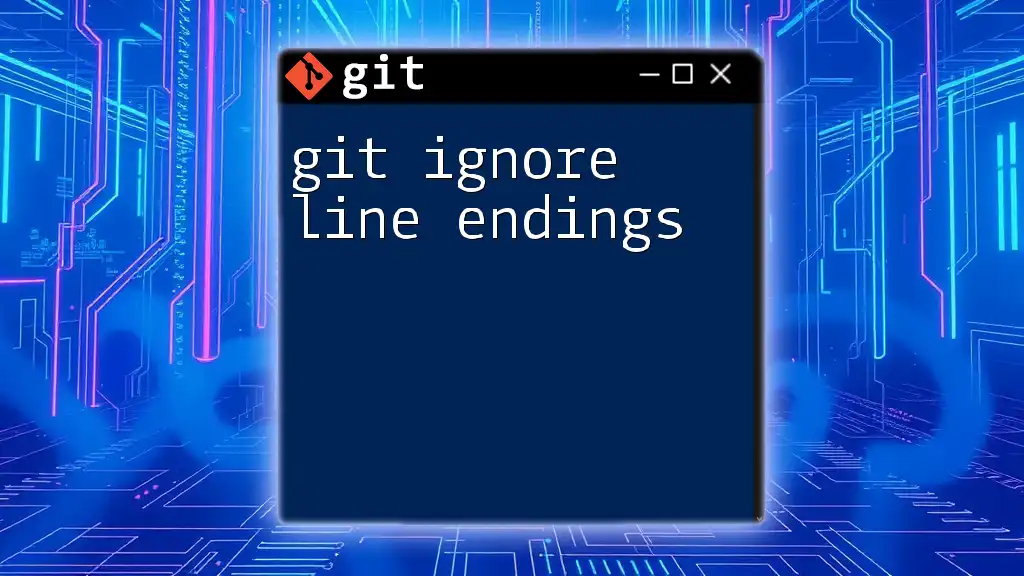
How to Create and Use a `.gitignore` File
Creating a `.gitignore` File
Creating a `.gitignore` file in your repository is straightforward. You can do this by executing:
touch .gitignore
After creating the file, remember to add it to your version control system if it’s not already part of it.
Syntax of the `.gitignore` File
The syntax of a `.gitignore` file is straightforward but critical for effectively managing ignored files.
Basic Rules
- Using Wildcards: You can employ wildcards (`*`) to specify patterns for files you want to ignore.
- Patterns for Specific File Types: You can ignore specific file types by listing their extensions.
Examples
Here are a few examples demonstrating common patterns:
# Ignore all .log files
*.log
# Ignore all files in node_modules directory
node_modules/
# Ignore all .env files
*.env
Adding Changes to `.gitignore`
Updating your `.gitignore` file to include new file types is a common task as projects evolve.
For example, if you want to prevent tracking of compiled files, you might add:
# Ignore compiled Java files
*.class
# Ignore object files generated from C compilations
*.o
This keeps your repository clean and focused.
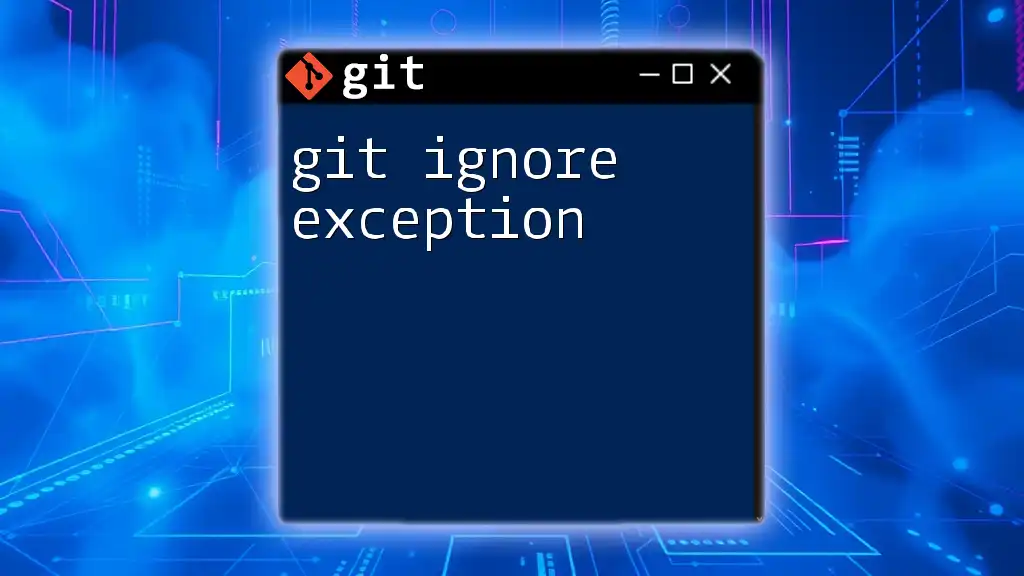
Common Pitfalls and Best Practices
Ignoring Already Tracked Files
One common issue arises when files already tracked by Git are not automatically ignored even after being included in the `.gitignore` file. In this case, you must untrack them effectively. You can do this using the following command:
git rm --cached path/to/file
This command removes the file from the index (staging area) while keeping it in your working directory.
Best Practices for `.gitignore`
To optimize the effectiveness of your `.gitignore`, consider these best practices:
- Keep it Updated: As your project matures, revisit the `.gitignore` file periodically to ensure it reflects the current needs of the project.
- Use Global Git Ignore: For files you frequently ignore across various repositories, set up a global `.gitignore` file. You can configure this easily with:
git config --global core.excludesfile ~/.gitignore_global
This helps maintain a clean working environment, irrespective of the project.
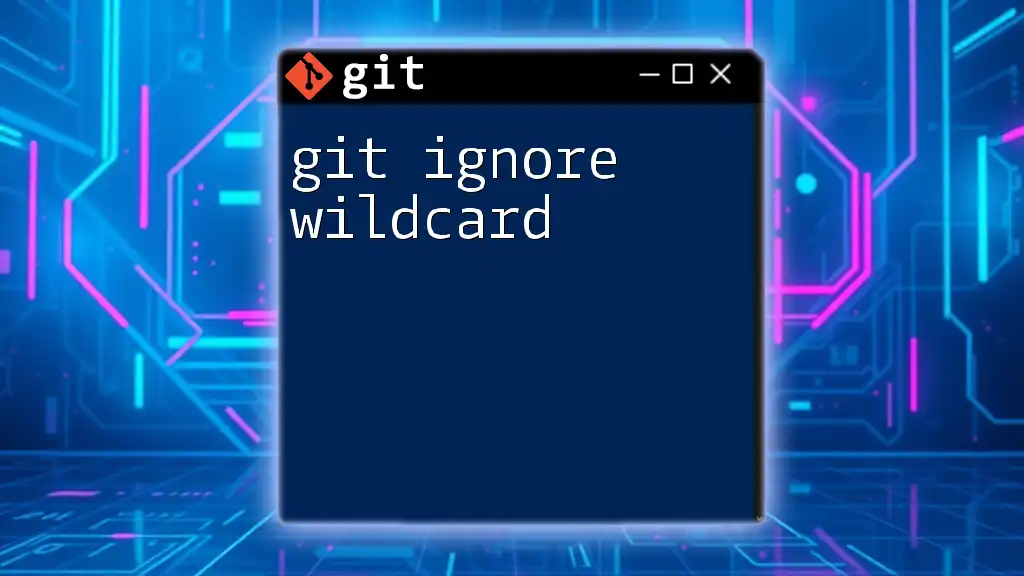
Advanced Usage of `.gitignore`
Conditional Ignoring
For projects with multiple branches, you may find instances where different files should be ignored in specific branches. You can define conditional patterns that instruct Git to ignore files uniquely in certain contexts.
Git Ignore Templates
Leveraging predefined templates for different languages and frameworks saves time and ensures no critical files are overlooked. For example, if you're working on a Node.js project, you could use a template that includes:
# Ignore node_modules directory
/node_modules/
# Ignore npm debug logs
npm-debug.log
Templates like these speed up the initial setup of `.gitignore` files and contribute to best practices.

Conclusion
Implementing a `.gitignore` file effectively is essential for maintaining a clean and functional Git repository. It prevents unwanted clutter from irrelevant file types, improving collaboration and workflow efficiency. Customizing your `.gitignore` file according to the specific needs of your project can save you time and headaches in the long run.
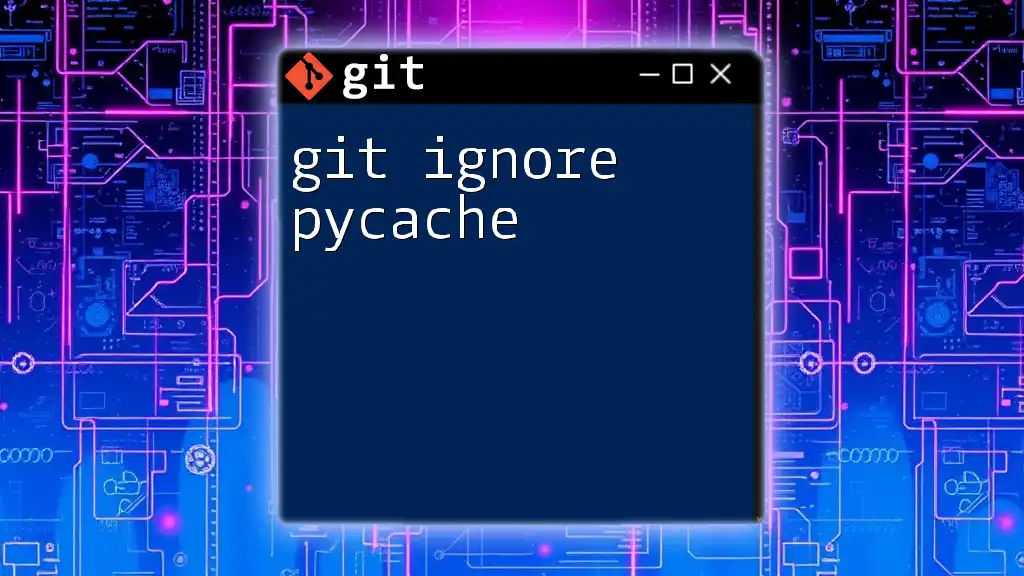
FAQs
Frequently Asked Questions about `.gitignore`
-
Can I have multiple `.gitignore` files?
Yes, you can include `.gitignore` files in subdirectories, allowing for more granular control over which files to ignore at different levels of the project. -
What happens if I forget to add a file in the `.gitignore`?
If you forget to add a file that you intended to ignore, Git will continue to track it until untracked manually using the `git rm --cached` command. -
How can I test my `.gitignore` file for effectiveness?
You can run `git check-ignore -v file` to see whether a specific file is being ignored and understand which rule from `.gitignore` applies.
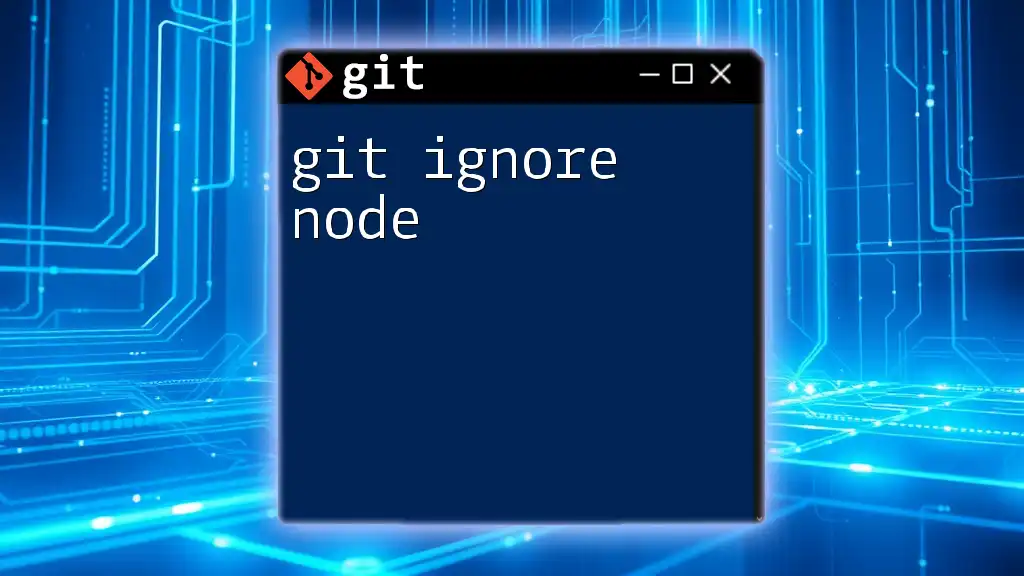
Additional Resources
To deepen your understanding of the `.gitignore` file type and its implementation, consider reviewing the official Git documentation. Numerous online resources and community templates are available, which can aid in quickly setting up effective `.gitignore` configurations tailored to your projects.

